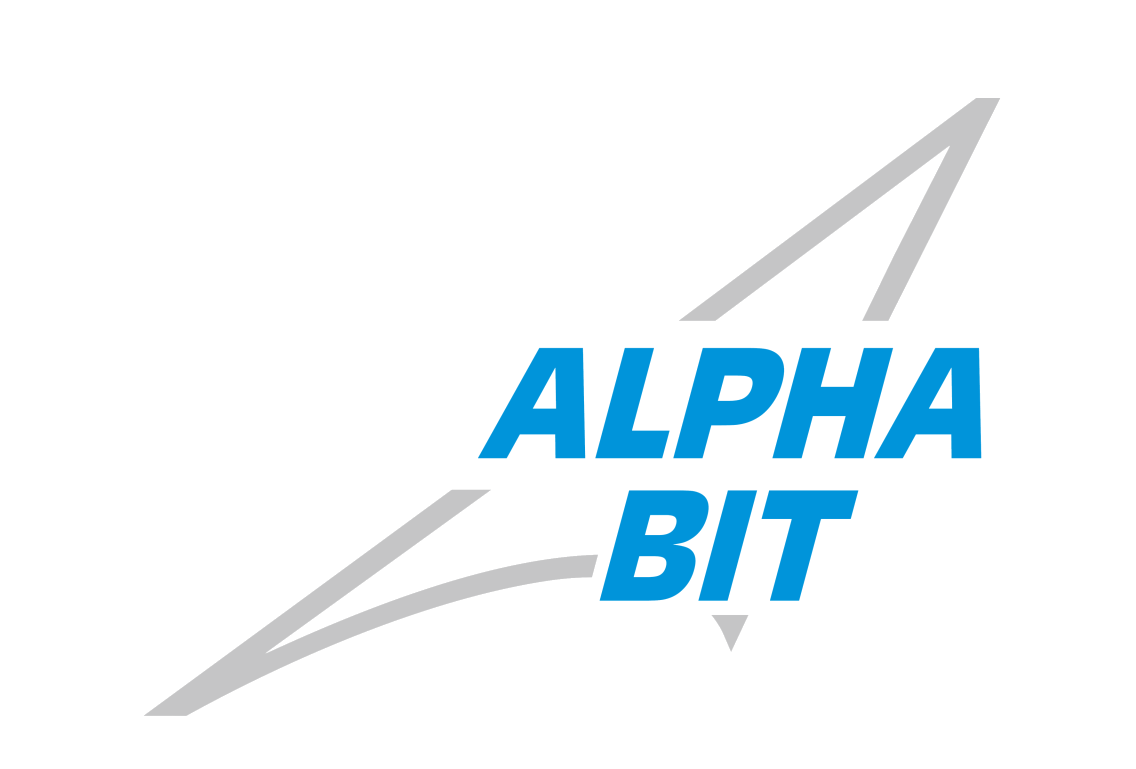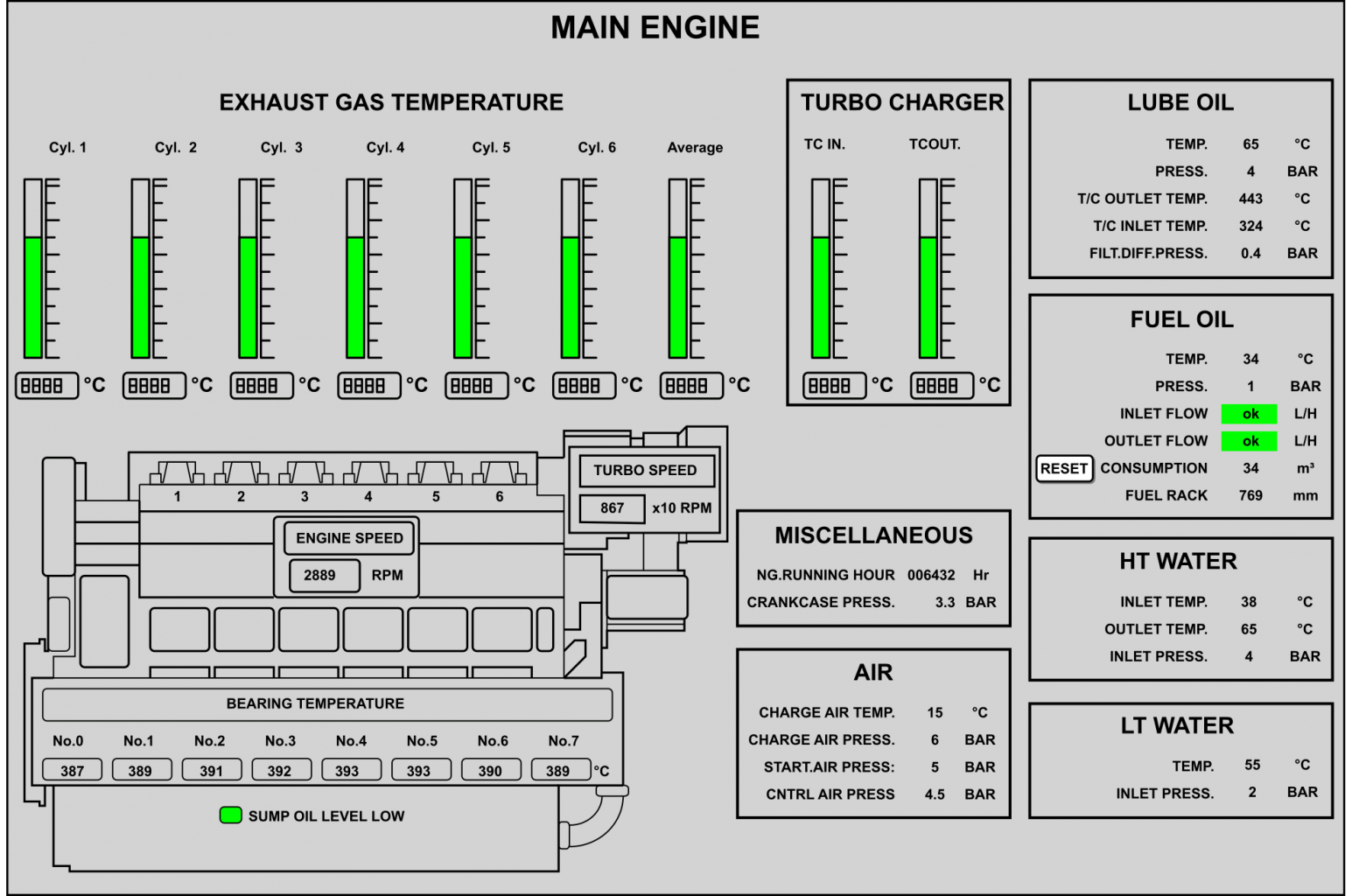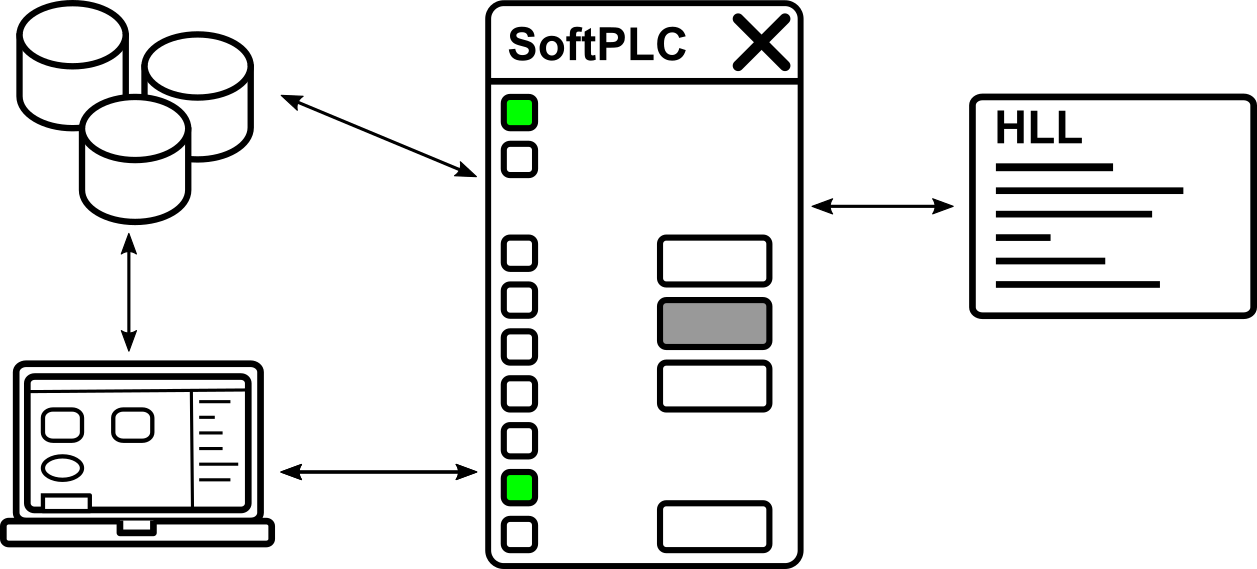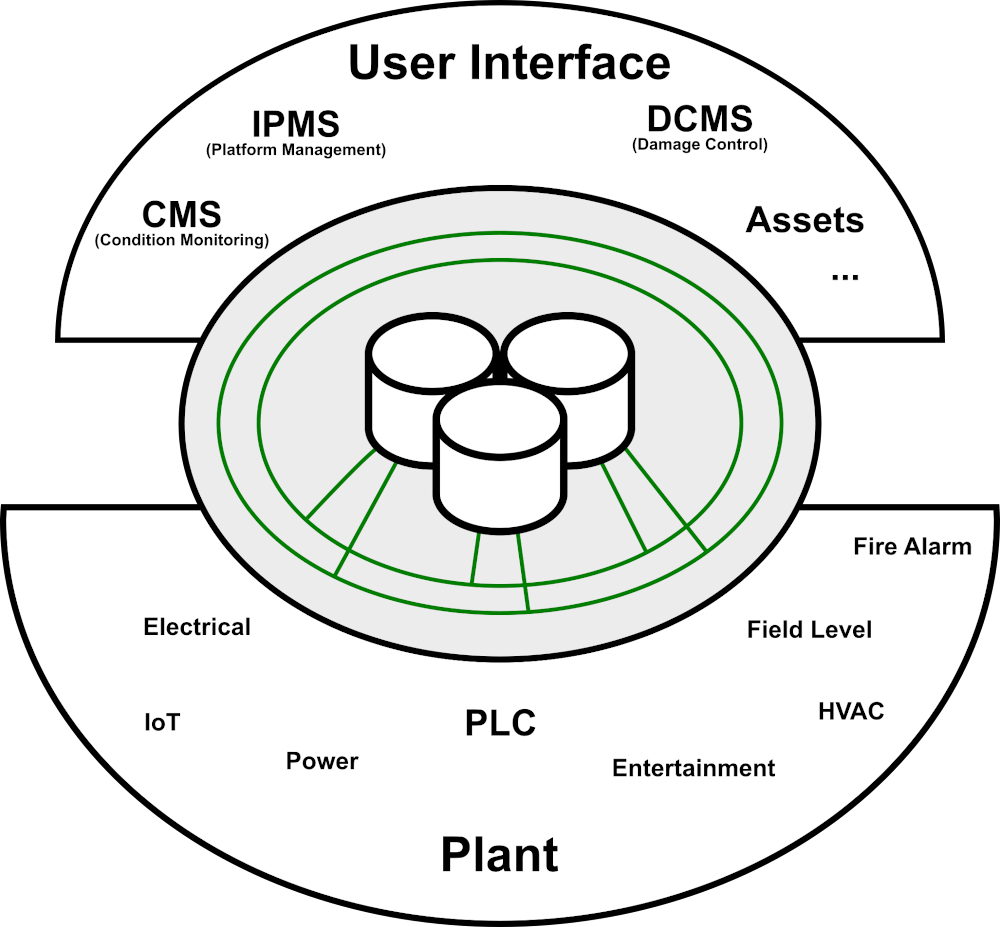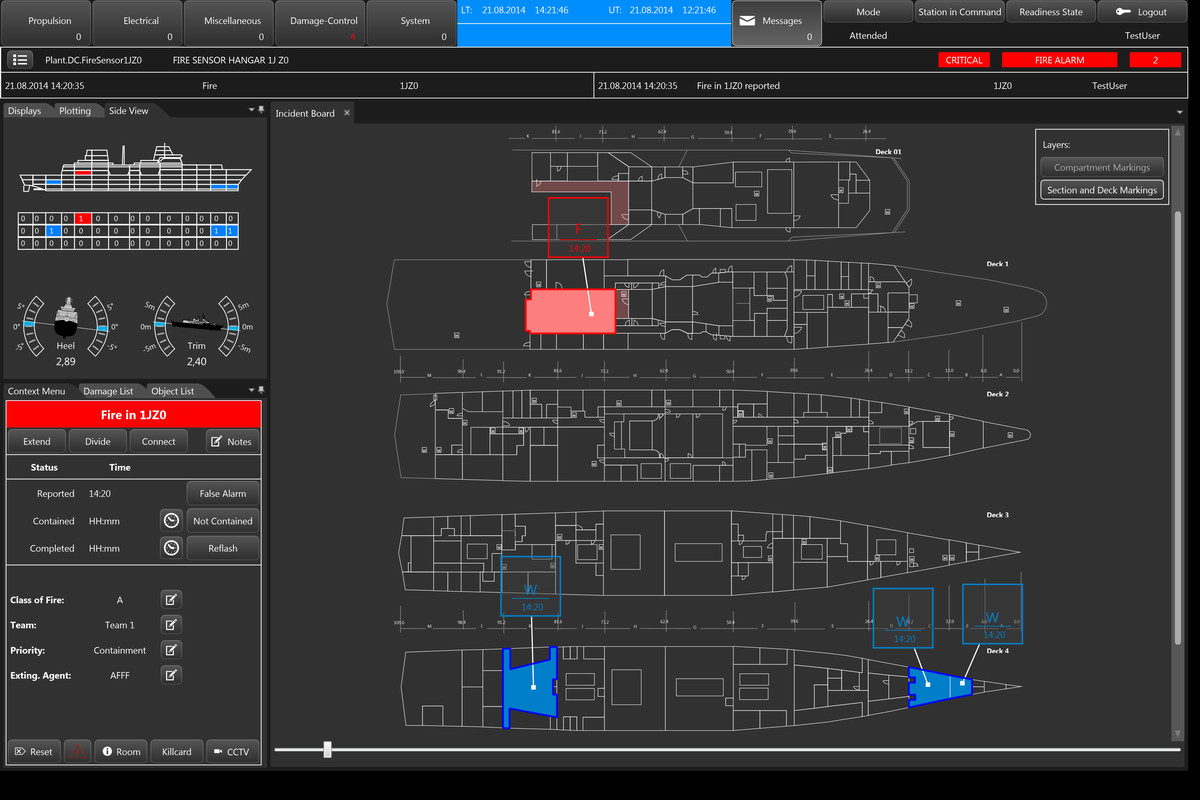ALPHA-VISION® is a modular software solution for the development, visualisation, testing and simulation of industrial automation applications.
Sophisticated products from the process control level to the process control level are available to you
The advantages
The features
All software components can be ordered free of charge by email or downloaded for testing purposes.
The functional scope of the software packages is unrestricted, only a time limit restricts the use. To acquire the full rights of use, you can unlock the software by purchasing a licence.
The ALPHA-VISION® visualisation consists of the components of the integrated development environment and the ALPHA-VISION® runtime.
The integrated development environment includes the engineering tool AvET and the graphic editor, which form the basic component for functional and graphic project planning, development and modification of your process environment.
With the ALPHA-VISION®-Runtime you receive the matching runtime environment in which the created and compiled project is executed.
The connection to both process and operating stations is realised by means of the corresponding add-ons.
SoftPLC7 – The SIMATIC-compatible PC controller for all SIMATIC S7 applications: communication to the automation process or to other programs such as SIMATIC Manager or WinCC takes place using configurable interfaces.
The ALPHA-VISION®SoftPLC7 is programmed with the Simatic Manager. All relevant data is imported from the Step7 project. This ensures full programming compatibility with the SIMATIC.
The key features
Emulation of SIMATIC S7 functionality on the PC
Compatibility with the command scope of a SIMATIC S7-300 or S7-400
Possibility of freeze / unfreeze and slow motion of a running programme
Snapshot of the current runtime data (e.g. data blocks, timers and counters)
Possibility of multiple instantiation
Process simulation
SUSHy is a powerful development framework that enables the easy creation of HMI, SCADA, IPMS and Damage Control solutions. Due to the comprehensive core functionalities of the framework, visualisation solutions can be developed time- and cost-efficiently. It is characterised above all by its openness, scalability and simplicity. The open framework character of SUSHy allows for easy modification of existing and addition of missing functionalities.
SUSHy combines the advantages of the previous solutions ALPHA-VISION® VISUalisation and BDC .
WPF (Windows Presentation Foundation) is used to create the user interface, which means that all the possibilities of this framework are available, e.g. freely accessible components – such as controls – can be adapted for SUSHy with a minimum of effort.
Your SUSHy application is created with the standard tools VisualStudio and Blend. SUSHy extends the framework with powerful, application-specific features.
Our optimised database system handles the necessary tasks for data storage, data synchronisation, history and other services.
Other components of SUSHy provide functional enhancements such as access protection, damage management and an alarm system. In addition SUSHy provides templates for easy creation of visualisations with fixed image areas in which a status line or an alarm line is permanently visible.
SUSHy is less a programme than a framework that allows customised visualisations to be created efficiently and effectively in a way that is familiar to .NET developers.
